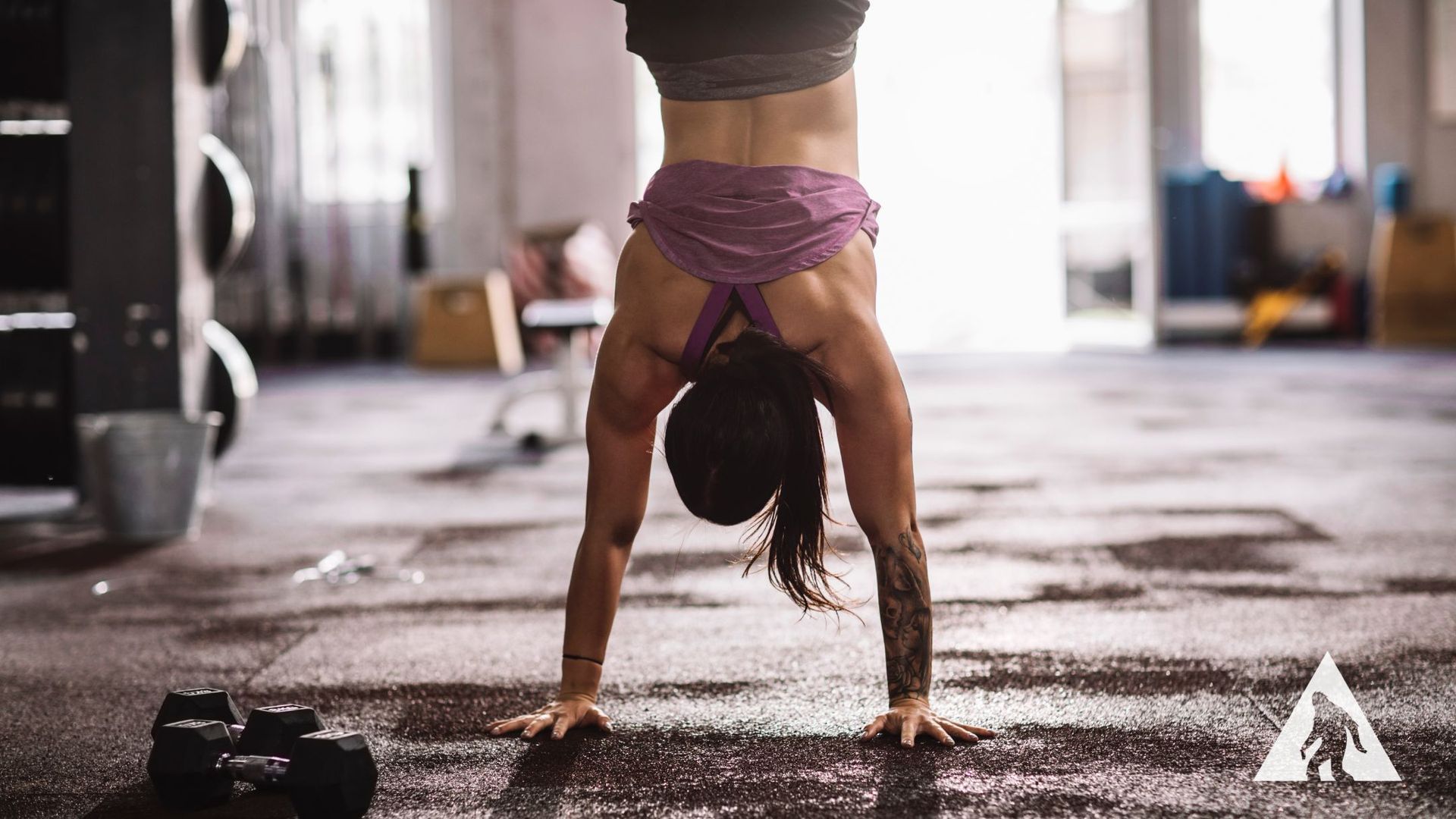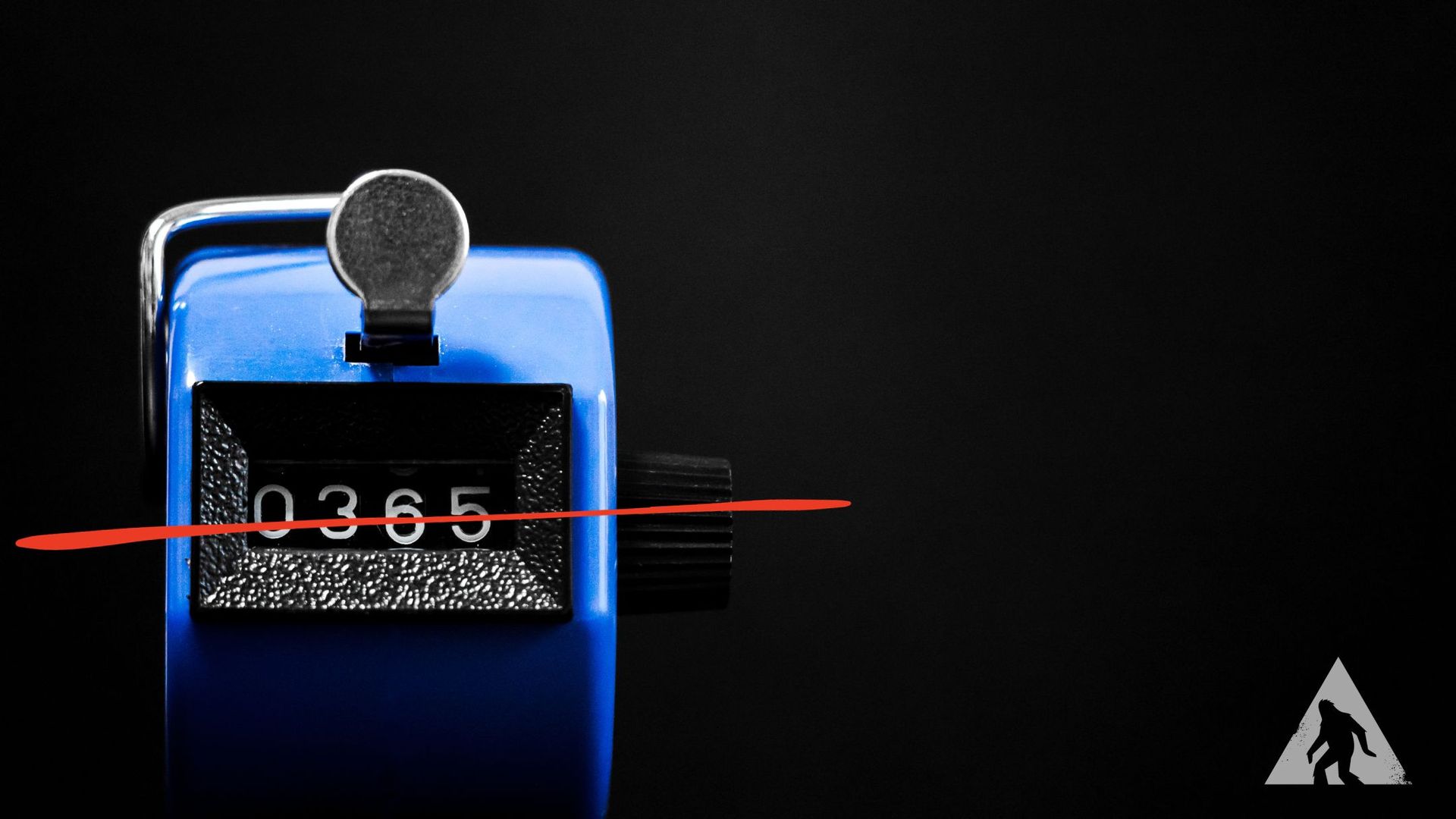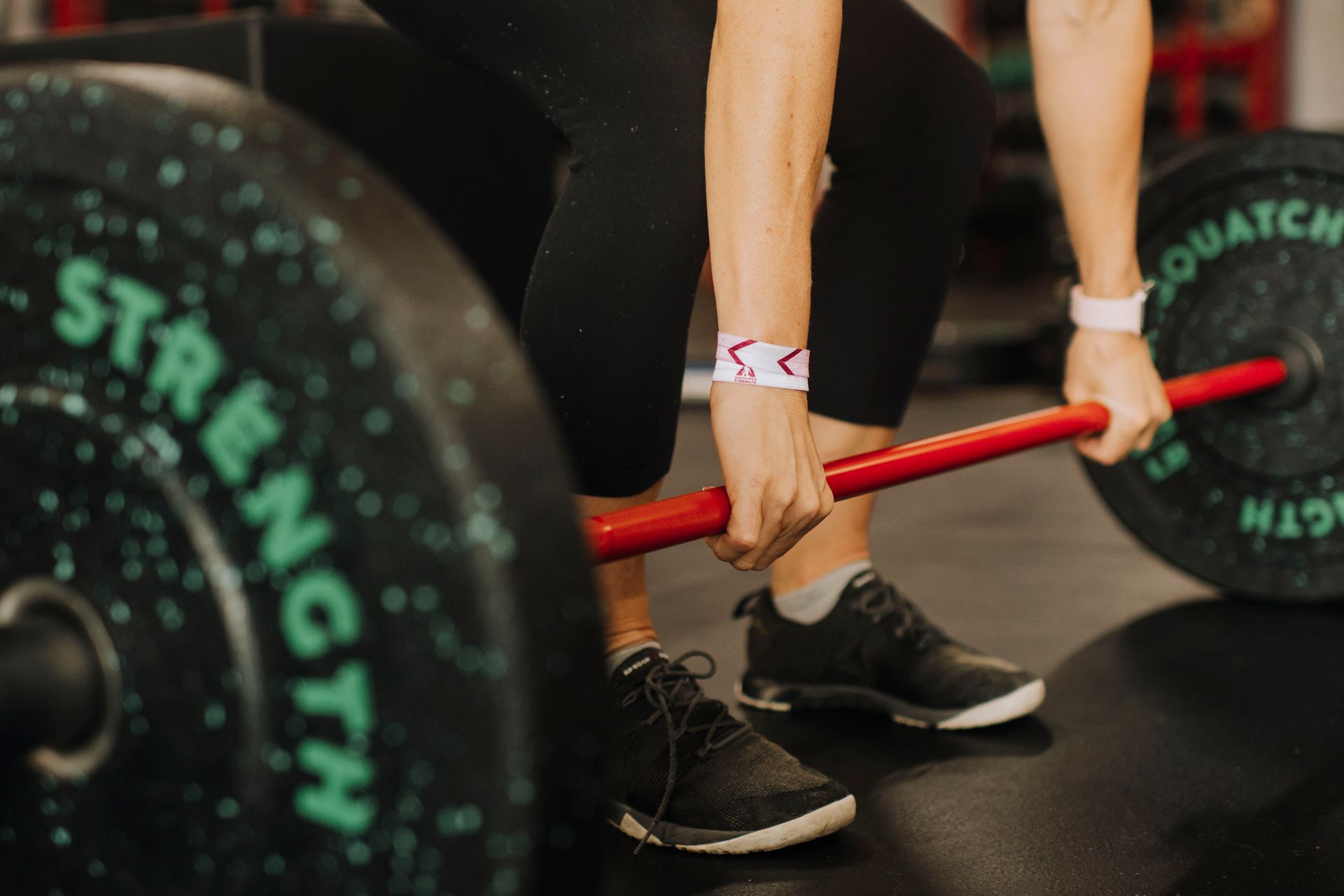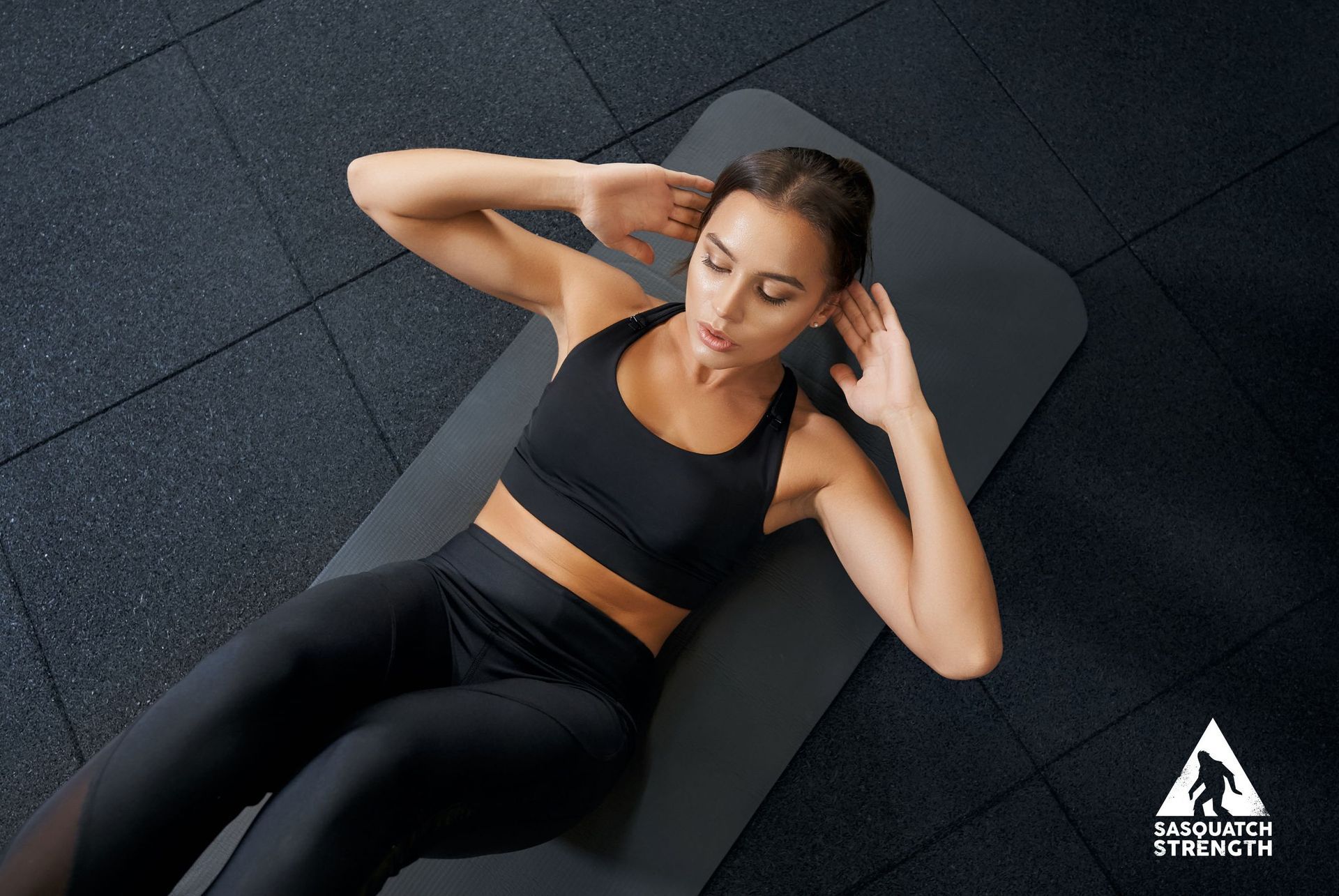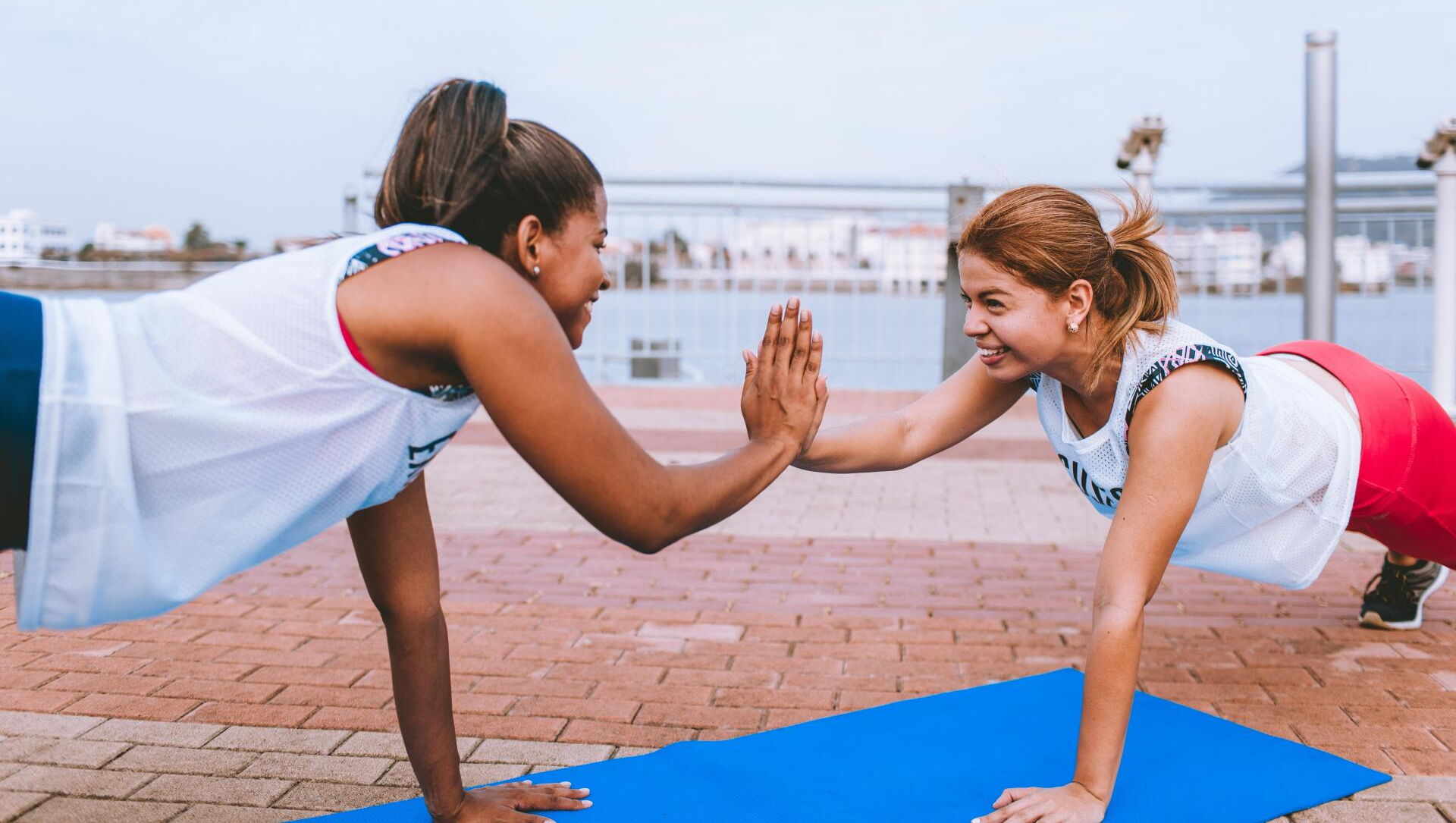
7 Rules for Fat Loss Training
By Coach Jeremiah Treadwell
1. Prioritize Nutrition
If you’ve heard it once, you’ve heard it a thousand times: nutrition is the single most important thing for fat loss. If you’re serious about stripping off body fat, you must make time for grocery shopping, cooking, meal prep, doing dishes, and keeping a food journal. If you don’t have time for this, make time; cut down on time wasters like social media, web surfing, playing on your cell phone or watching television.
If you have truly eliminated every possible time waster and are still pressed for time, it’s perfectly acceptable to train less to have the time to take care of your nutrition. You heard me, train less! That’s how important good nutrition is. For example, in my fat loss programs, I have Tuesdays and Saturdays as shopping/meal prep days.
As far as what to eat, there’s no rule that says you have to perfectly follow a particular diet; certain aspects of certain diets are worth emulating. For instance, you can take aspects of the paleo diet (natural, single-ingredient foods, meats, fish, whole eggs and vegetables) without unnecessarily restricting other foods that are not paleo; while still supporting your training goals, like quality supplements such as fish oils, BCAA’s, protein, peri-workout nutrition and some starchy carbs such as rice.
2. Pick Big, Hard Exercises
Regardless of your goals, effective training starts with picking the right exercises. The best exercises for fat loss are the best exercises for almost any goal. The big, hard compound movements are the ones you should be doing.
3. Get Stronger
While most people understand that getting stronger is important for building muscle and enhancing performance, its relevance for fat loss is often overlooked. When your goal is fat loss, you want to burn as much fuel as possible; to do this, you want your body to be as fuel inefficient as possible. One of the huge problems with cardio for fat loss is that the more you do, the better you get at it and thus the more fuel efficient you become; with resistance training the opposite is true. The better you get at strength training, the more weight you can lift and the more it takes out of you. Spending some of your training time getting stronger allows you to do all your other forms of training (e.g., metabolic resistance training, conditioning) at a higher/faster level, and this makes them even more effective for shedding unwanted body fat.
4. Build Muscle
Virtually everyone trying to lose body fat should gain some muscle. Most people know this, but it bears repeating again and again. Even a few extra pounds of lean muscle means a lot more calories burned each day.
5. Jack Up Metabolism Post Training
Years ago exercise scientists told us to perform long sessions of slow cardio to burn fat. However, this answer was a response to the wrong question. Fat loss training isn’t about what burns the most amount of fat during a training session, it’s about what burns the most amount of fat in a 24 hour period. In other words, short, high-intensity exercise creates an oxygen debt (known in “bro talk” as E.P.O.C., or excess post-exercise oxygen consumption) and this results in a metabolic boost long after the training session is over.
6. Rotate Strategies
As with any goal, following an effective program will only work for so long before you hit a plateau. Too often people trying to lose body fat just use intense metabolic resistance training and HIIT (high intensity interval training). While these are excellent methods, they won’t work forever. With fat loss programs, it’s imperative to switch to different strategies such as the following:
1. Metabolic resistance training: Using moderate weights for moderate reps while alternating upper/lower body exercises or doing whole body circuits
2. Strength training: Using more traditional strength training methods to allow you to lift more weight when you return to metabolic resistance training
3. Bodybuilding: Focusing on building lean muscle to raise metabolic rate and doing brisk walking to burn a few extra calories
4. Strength plus conditioning: Focusing on getting stronger in the weight room by undergoing challenging forms of conditioning to boost EPOC (that “after-burn” effect).
The trick is to not only periodize your training, but also periodize your diet. When some people try a lower-volume strength training program, they tend to gain fat; this isn’t because of the training. Obviously, strength training doesn’t cause fat gain. However, if you switch from higher volume training (i.e. typical fat loss / metabolic stuff) to a lower volume training (i.e. powerlifting program) and don’t drop down your carbs and total calories, you’ll gain fat. Period.
7. Get Outside
We’re made to be outdoors. While it’s not always practical to haul a whole barbell set outside or train at Muscle Beach, it’s indisputably beneficial to partake in an outdoor physical activity. This can include everything from running sprints at the track, finding a hill and doing uphill sprints to pushing a prowler and pulling a sled. You can even grab a sledgehammer and try to beat an old tire to a pulp.
Consider bringing minimal equipment like kettlebells to a park and having an outdoor session. Or, do what I do, which is train with barbells in my basement gym and then do farmer’s walks up and down the sidewalks of my neighborhood. Additionally, doing other activities such as sports or outdoor recreation is great to not only burn a few extra calories, but also to have fun, reduce stress, and enjoy the benefits of the finely conditioned machine you’re building in the gym.
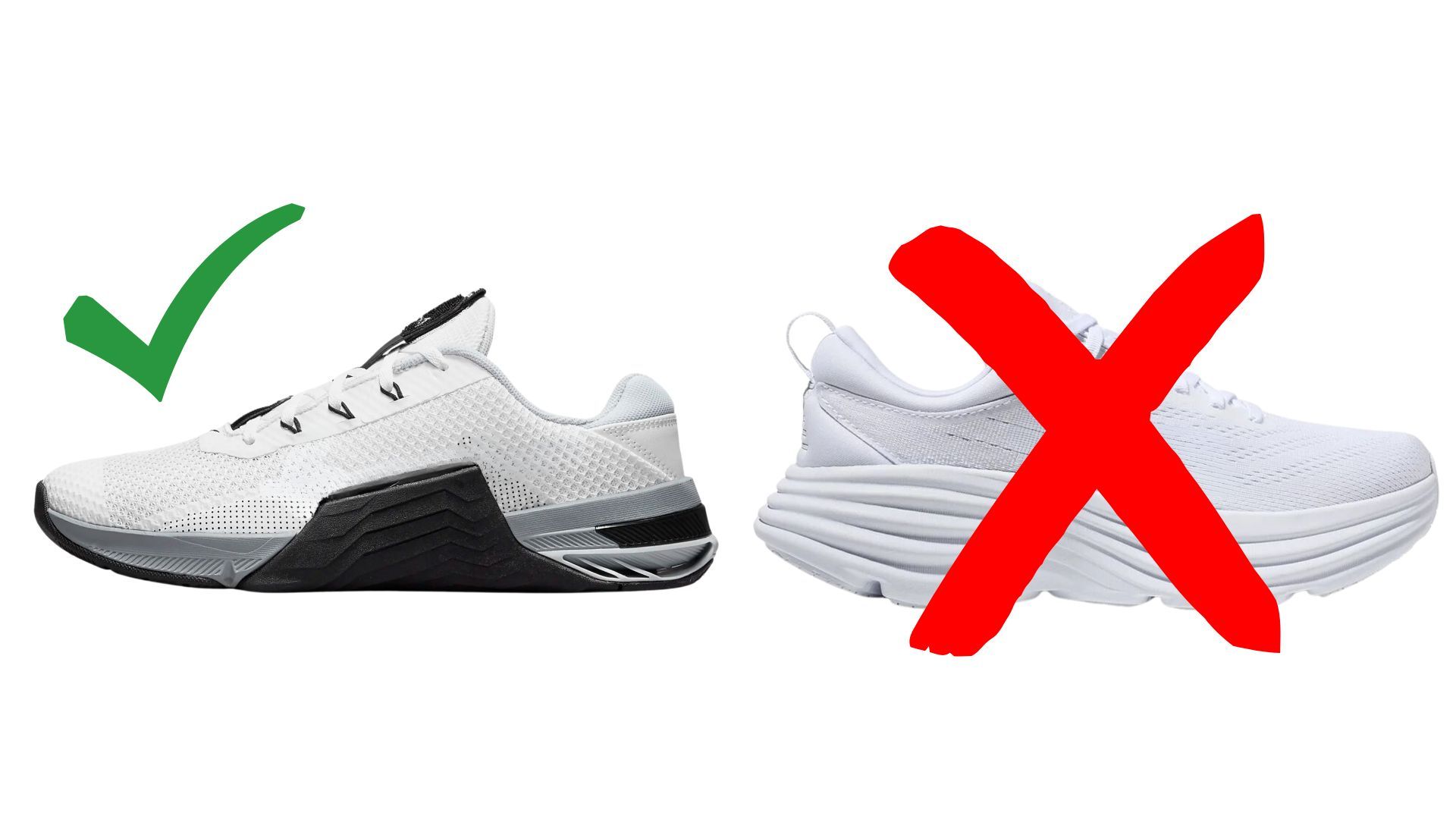
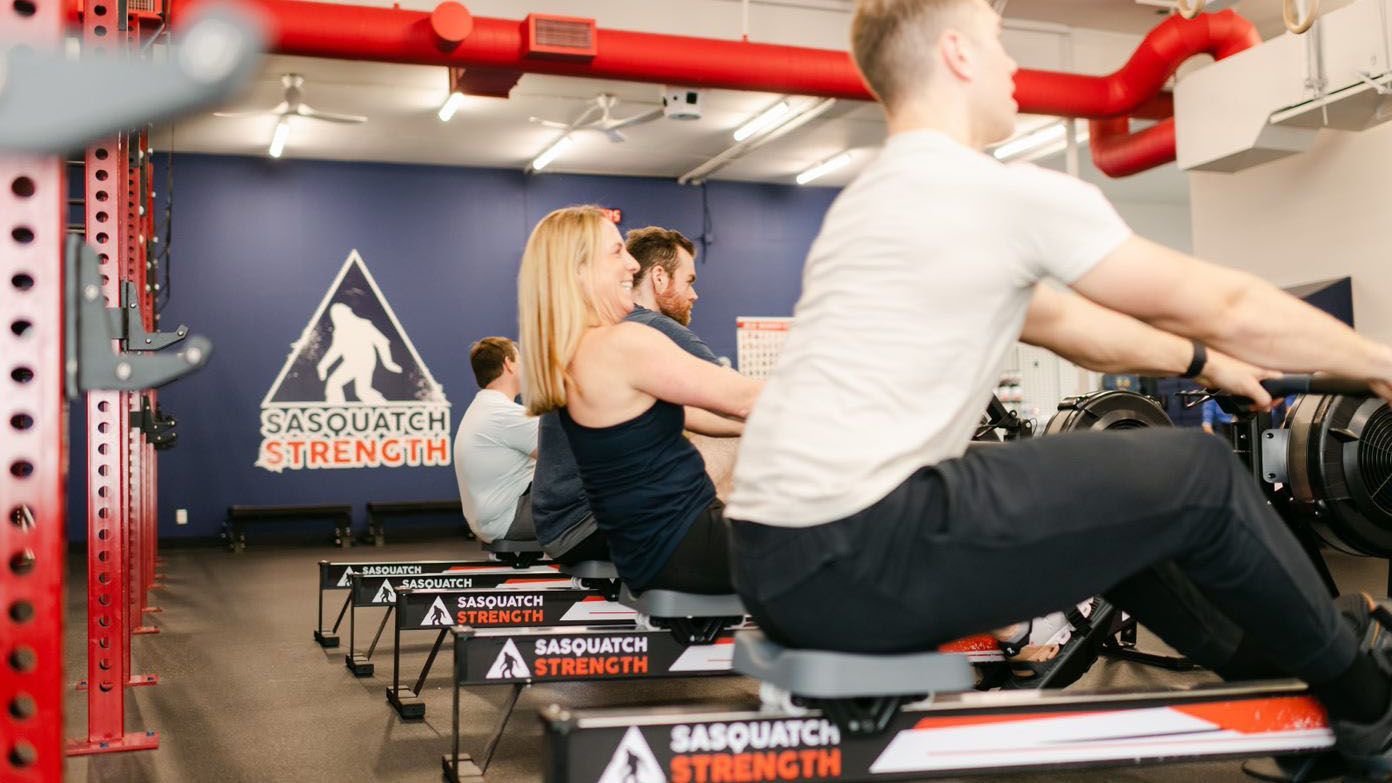

All Rights Reserved | Sasquatch Strength


